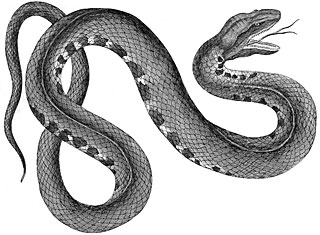Bill Lubanovic
Python 3: threat or menace?
Prepare for the future of computing with Python.

I wish I still had my copy of this: a Harvard Lampoon parody of Life magazine from the ’60s, displaying a picture of a flying saucer and the ominous headline: “Flying Saucers: Threat or Menace?”.
I was reminded of this when reading some recent articles worrying about the slow transition from Python 2 to Python 3, such as Python 3 is Killing Python. The authors of such articles, and Python developers in general, really like Python, and for the most part like Python 3. Their main concern is that the protracted 2-3 straddle will hurt Python’s popularity.
About five years ago, I started writing an introductory Python book for O’Reilly. It featured Python 2, which was dominant then. Unfortunately, the tides of business went out and took the book with them. Two years ago, the tides returned and the book was revived. Introducing Python: Modern Computing in Simple Packages is finally in production and early release.
When we rebooted the book, there was now a serious question of whether to feature Python 2 or 3. The other version might merit some sidebars or an appendix, but we really needed to pick just a single base for the code examples. And by now it seemed that Python 3 had become the right choice. If you’re wondering why the editors and I thought Python 3 was best for this book, let me give some of the reasons, more or less in order of importance.
 Bill Lubanovic has developed software with UNIX since 1977, GUIs since 1981, databases since 1990, and the Web since 1993. At a startup named Intran in 1982, he developed MetaForm -- one of the first commercial GUIs (before the Mac or Windows), on one of the first graphic workstations. At Northwest Airlines in the early 1990s, he wrote a graphic yield management system that generated millions of dollars in revenue; got the company on the Internet; and wrote its first Internet marketing test. He co-founded an ISP (Tela) in 1994, and a web development company (Mad Scheme) in 1999. Recently, he developed core services and distributed systems with a remote team for a Manhattan startup. Currently, he's integrating OpenStack services for a supercomputer company. He enjoys life in Minnesota with his wonderful wife Mary, children Tom and Karin, and cats Inga, Chester, and Lucy.
Bill Lubanovic has developed software with UNIX since 1977, GUIs since 1981, databases since 1990, and the Web since 1993. At a startup named Intran in 1982, he developed MetaForm -- one of the first commercial GUIs (before the Mac or Windows), on one of the first graphic workstations. At Northwest Airlines in the early 1990s, he wrote a graphic yield management system that generated millions of dollars in revenue; got the company on the Internet; and wrote its first Internet marketing test. He co-founded an ISP (Tela) in 1994, and a web development company (Mad Scheme) in 1999. Recently, he developed core services and distributed systems with a remote team for a Manhattan startup. Currently, he's integrating OpenStack services for a supercomputer company. He enjoys life in Minnesota with his wonderful wife Mary, children Tom and Karin, and cats Inga, Chester, and Lucy.